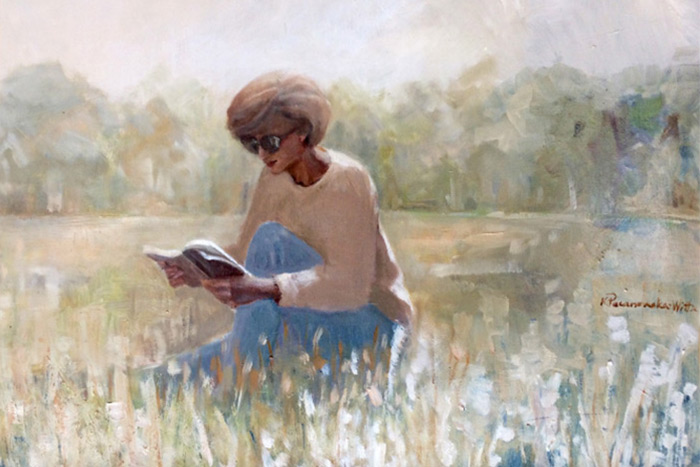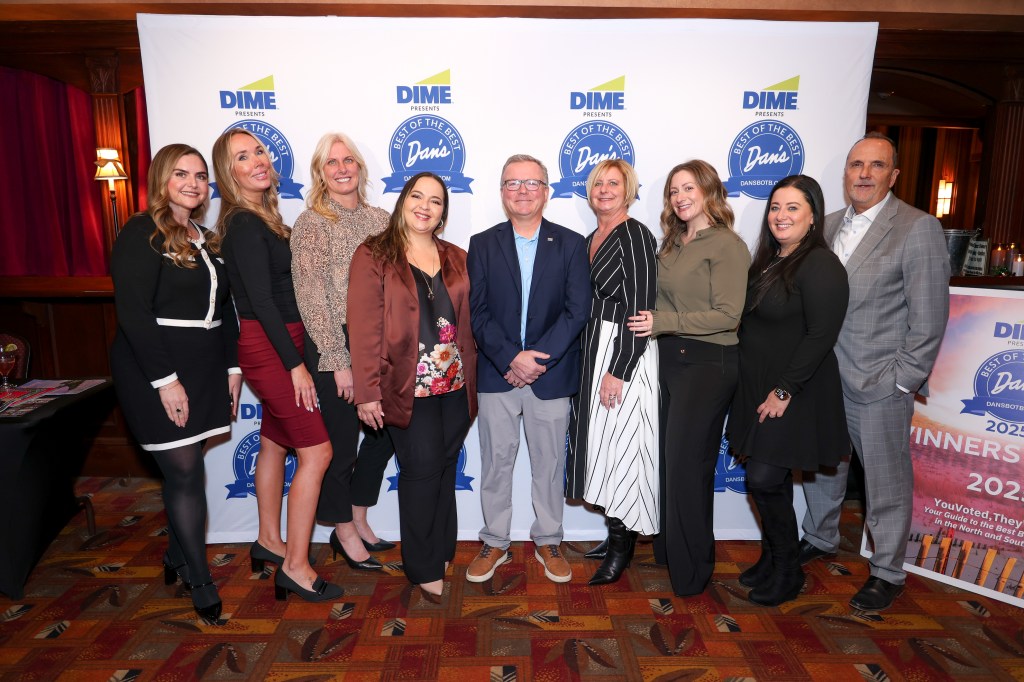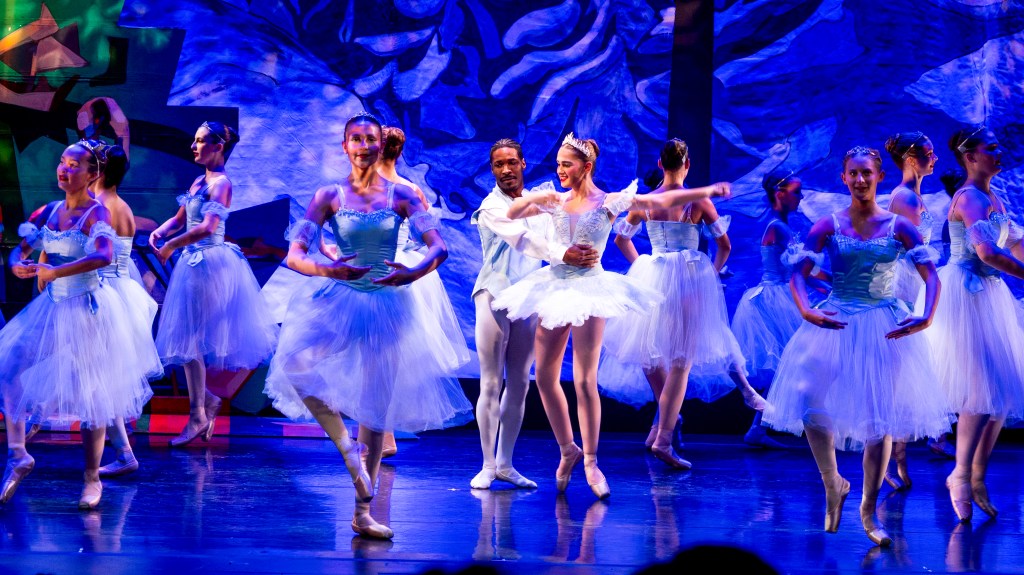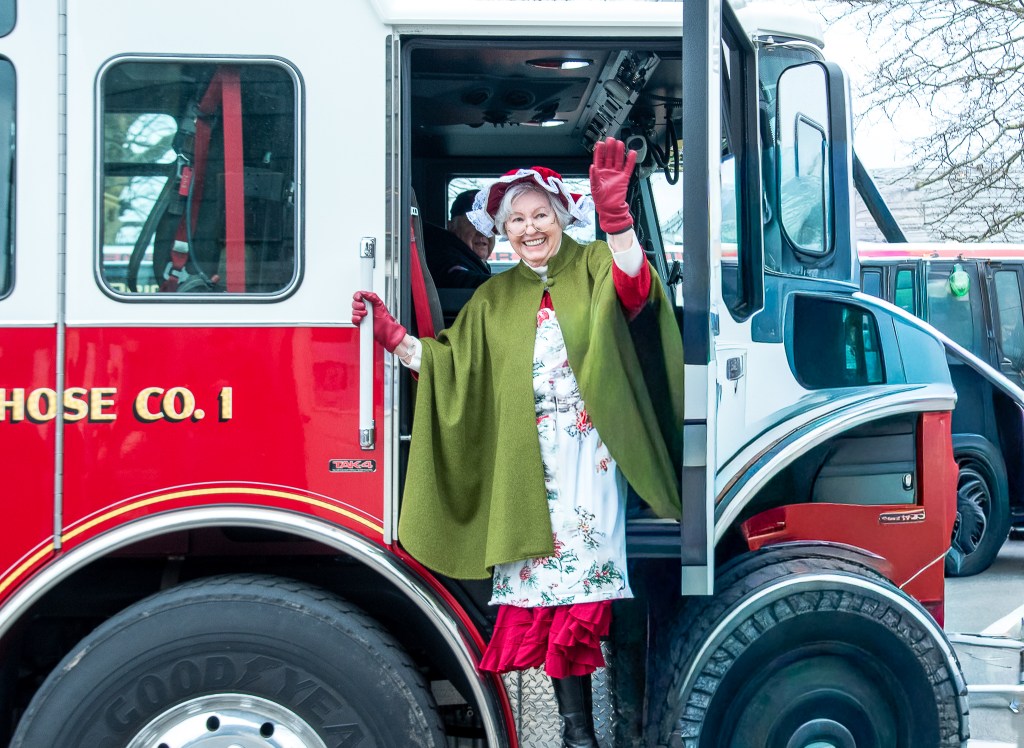Meet Dan's Papers Cover Artist Kasia Wittie

Before she was this week’s cover artist, Kasia Wittie, was, among other things, a commercial artist in Poland, first at a political weekly magazine vying against Russian censorship; and later, in post-communist Poland, as a graphic designer at Toyota. Now, the Huntington resident is a member of b.j. spoke gallery, a member-owned and run cooperative gallery. We discussed that and more during an interview recently.
Can you discuss your experience as an artist in communist Poland, specifically the difference between working then as opposed to working after the fall of communism?
I worked as a graphic designer at one of the main weekly political magazines in Poland. Because it was political and because we had Russian censorship, graphic designers tried to find the double or triple meanings of words or pictures to fool, at least a little bit, Russian censorship. It was very stimulating. Later, you didn’t have to. You could get lazy and say what you want to say.
Did you find that working under communism was somehow more fulfilling?
Not more fulfilling. You always set the bar for yourself. If something gets too easy, you raise the bar. Intellectually, it was more stimulating. Maybe because I always worked with people who were trying to play some joke, or trying to convey, in an innocent way, some snippet of information. Untangling it was always an adventure. Art is probably easier now, it’s much more commercial.
How do commercial and fine arts differ in your experience?
Sometimes commercial art is more demanding because you have to communicate the idea very clearly. If you don’t communicate it, it’s your fault. You have to find some other way. As a painter, if people don’t get what you want to say, then, oh well, maybe it’s their fault. Commercial art does not forgive you. For me, as a portrait painter, it’s always an effort to communicate who that person is—the character or essence of a person. If I can catch that, it’s always a pleasure.
Can you talk briefly about b.j. spoke gallery and the importance of artists working together toward a common purpose?
I’m thrilled with the gallery. I think it’s a blessing to have a group of people who all have the same interest. We talk about problems no one else would be interested in, solving problems of color or line, or about the importance of line in a picture. Sometimes we have a show with a theme or title and have to deliver work accordingly, and you have to work all the time because friends are watching you (in a good way, no one is judging you). It’s good to have a group of people who support each other.
Is there one piece of advice you received from another artist that has always stuck with you?
A painter in Poland told me to persevere, don’t try to be a success, which is honest because you never know what success is. If you’re true to yourself, it’s the only way to excel in this field. Never repeat. In Poland they say if you start repeating you become not an artist but an artisan, because you repeat solutions that you already have. You have to strive for new solutions. Every piece has to be different and should be the next step on your personal path.
Who are some of your influences artistically?
The portrait painters over centuries: Franz Hals, Velazquez, Rockwell, Sargent.
The subject in your painting is reading, so I have to ask, what’s the last book you read which you absolutely loved?
A book that’s important to me as a painter, the only book that completely shows the intellectual process of painting, is The Forgery of Venus by Michael Gruber. Every sentence is precious.
To see more of Wittie’s work, visit kasiart.com.










